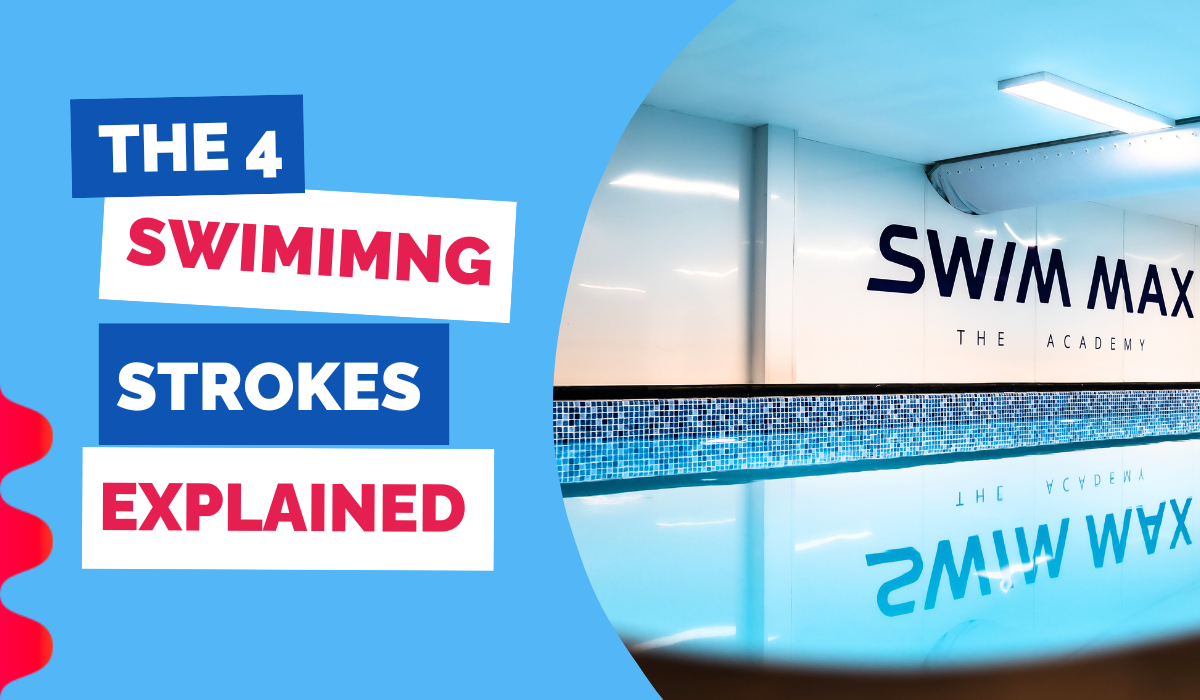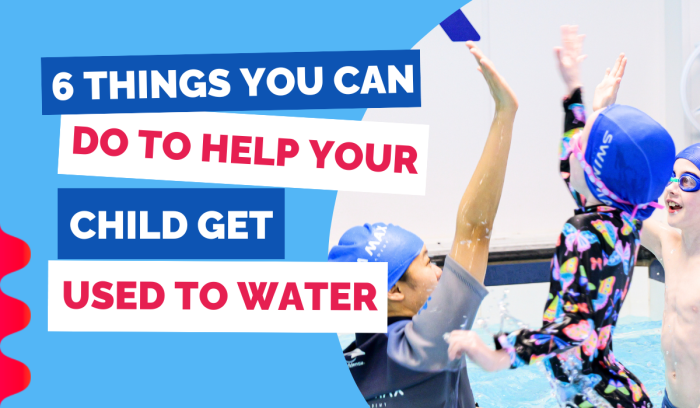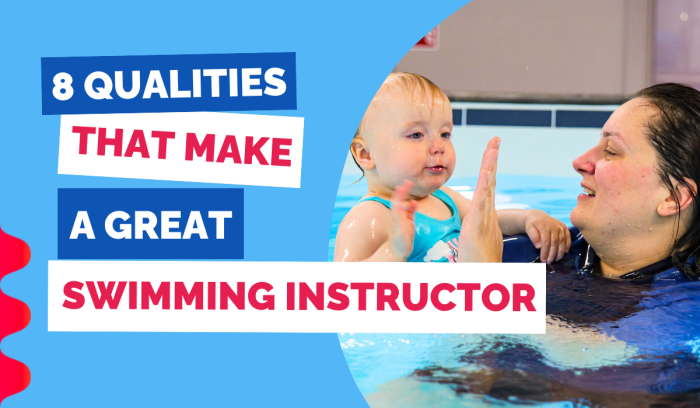Swimming is one of the most popular sports for children and adults. It provides many mental and physical health benefits as well as teaching an essential life-saving skill.
At Swim Max, kids and adults are introduced to the four different swimming strokes. Each stroke has its unique characteristics and challenges, and all contribute to making a well-rounded swimmer.
Whether you or your child are a beginner or looking to improve your skills, understanding the differences between these strokes will help you both become confident and efficient swimmers.
So, let’s explore these four swimming strokes.
1️⃣Freestyle: Embrace the flow: Also known as the front crawl, freestyle is the most common and fastest stroke. It’s one of the first strokes a child will learn in swimming lessons. Swimmers use alternating arm movements to pull themselves through the water and a flutter kick for additional propulsion. This stroke requires coordination and breathing techniques so swimmers maintain a steady pace over long distances. Its rhythmic arm movements and flutter kicks make it a favourite among both beginners and experienced swimmers.
For children, mastering the freestyle stroke instills a sense of confidence and accomplishment. It enhances their coordination and builds endurance, as well as a love for swimming early on.
Adult swimmers benefit from freestyle as a full-body workout that improves cardiovascular health and muscular strength. It’s an introductory stroke that often becomes a foundation for mastering other techniques.
2️⃣Backstroke: Glide with grace: As its name suggests, the backstroke is performed on the back, partnered with a flutter kick and alternating arm movements. Swimmers rely on their sense of body position and coordination while moving backward. This basic swimming stroke is ideal for beginners as it allows easy breathing. The backstroke offers a unique perspective with the sky above and the water below, merging in a seamless horizon.
Kids can think of the backstroke as the first technique they learn after floating. Like the front crawl, it’s also simple to understand. They have to lie on their back, extend their arms, and pull them behind their head. Children learn to trust the water as they master this stroke, boosting their spatial awareness and sense of balance. It’s an excellent introduction to swimming on the back and instills a crucial sense of safety in the water.
Adult swimmers find the backstroke a relaxing yet effective way to work different muscle groups. It alleviates tension from the shoulders and back while improving posture, a welcome relief in our modern, often desk-bound lifestyles.
3️⃣Breaststroke: Find your rhythm: This swimming technique is highly technical. It’s the slowest of the four basic swimming strokes but offers excellent control in the water. Although challenging to learn, many beginners prefer the breaststroke as it allows comfortable breathing, giving them a gentle and relaxing swimming experience. The breaststroke engages your forearms, chest, and upper back more than any other swim stroke, making it an excellent exercise for people of all ages.
Children enjoy the breaststroke’s gentle, rhythmic movements, developing coordination and flexibility. This stroke nurtures a connection between mind and body, promoting a sense of grace and elegance in young swimmers.
For adults, the breaststroke offers a low-impact workout that targets various muscle groups, making it an ideal choice for individuals with joint issues. Its slower pace allows for focus on technique, providing an opportunity for mindfulness while swimming.
4️⃣Butterfly: Embrace the challenge: Considered the most challenging and physically demanding stroke, the butterfly showcases grace and power. It involves performing a simultaneous dolphin kick and overhead swinging of the arms as if resembling the wings of a butterfly. This swimming technique requires a strong core, upper body strength, precise timing, and coordination. Although it may take time to master, the butterfly provides an exhilarating and dynamic swimming experience. The butterfly stroke is the epitome of strength and coordination in motion. This swim technique was initially developed from the breaststroke, but swimmers recover their arms above the water instead of beneath it.
Children often find its undulating movements challenging yet thrilling. Mastering the butterfly instills perseverance and determination, building mental resilience that extends beyond the pool.
Adult swimmers enjoy the butterfly’s transformative effect on fitness, as it engages the core, shoulders, and chest muscles intensely. While considered one of the more demanding strokes, its mastery brings a sense of accomplishment and an unparalleled full-body workout.
At Swim Max, kids are encouraged to explore and practice each swimming stroke at different levels. Each stroke has varying difficulty levels, and mastering all four strokes contributes to becoming a well-rounded and confident swimmer. During our swimming lessons we focus on proper technique, body position, and breathing patterns to maximise swimmer’s performance and minimise the risk of injury.
What’s your favourite swimming stroke?







 Baltic Condition
Baltic Condition
Comments
Write your comment